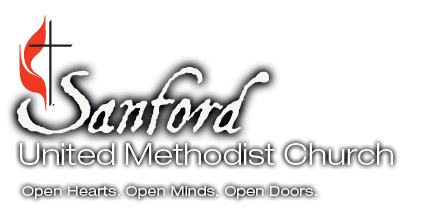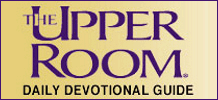Holy Mary, Mother of God
Posted in Pastor Cutting's Blog on 05. Dec, 2011
Holy Mary, Mother of God
The Christmas story centers around the virgin birth of Christ. But inquiring minds want to know: Did Mary and Joseph have children after Jesus was born? The Doctrine of Mary say no. However, John 2:12 says: After this he went down to Capernaum with his mother and brothers and his disciples. Is John making a distinction between Jesus’ disciples and his brothers? Matthew 13:55-56 gives us the names of his brothers and also mention his sisters. Here is what the doctrine of Mary (Mariology) teaches:
(1) Immaculate Conception. The Blessed Virgin Mary was free from all stain of original sin. Mary was born without the stain of original sin. It was in 1854, that Pope Pius IX defined this doctrine and added that Mary was conceived immaculate by anticipation of the merits of Christ.
(2) The Virgin Birth of Christ. The Bible clearly states that Mary was a virgin who had never known a man sexually from the time she conceived until after the birth of Jesus (Matthew 1:18-25; Luke 1:26-38).
(3) Perpetual virginity. Catholic faith teaches that Mary was a virgin before the divine birth; during it; and after it; “Our Lady never had any other children.” Following the birth of Jesus, Mary remained a virgin for the rest of her earthly life.
(4) The assumption of Mary. Mary had died in the presence of the apostles; but her tomb, when opened later . . . was found empty and so the apostles concluded that the body was taken up into heaven.” It was on November 1, 1950 that Pope Pius XII dogmatically and infallibly defined the assumption of Mary as Doctrine.
(5) Theotokos. This title literally means “God-bearer.” Since Mary gave a body to the Lord she is called “God-bearer.
(6) Mary as Coredemptrix. Jesus Christ as true God and true man is the redeemer of the human race. But Mary as Coredemptrix participates, in a subordinate way, with the Redeemer in his one perfect Sacrifice.
(7) Mary as Mediatrix. It is in the sense of being an intercessor that Mary is called a Mediatrix. Pope Leo XIII expressed this view as follows: “The recourse we have to Mary in prayer follows upon the office she continuously fills by the side of the throne of God as Mediatrix of Divine grace.
The virgin Mary holds a unique place in the story of salvation and is honored in many religions. Protestants should honor Mary as the virgin mother of our Lord. Her perfect submission to the Lord’s will is an example of the submission that God demands of us all. We should respect the faithful believers who claim that the Blessed Virgin Mary appeared in apparitions such as the appearance to three shepherd children at Fátima in Portugal in 1917.
The Protestant church believe that Jesus was of virgin birth ( Luke 1: 26-35), we prefer to say that she was the Christ-bearer rather than the God-bearer. It is hard to find Scripture to support the other elements of Mariology. In our discussion of Mariology, we should consider what Jesus said in Matthew 11:1: I tell you the truth: Among those born of women there has not risen anyone greater than John the Baptist. Protestants cannot admit that another participated with Christ in the redemption of the world. Jesus alone died for our sins on the cross. Protestants do not pray to Mary. We have a very strict interpretation of St. Paul’s words in 1 Timothy 2:5: For there is one God and one mediator between God and men, the man Christ Jesus. We offer our prayers to the Father through Jesus Christ, our Lord.
Someone has said, “There are three things that keep Evangelicals away from the Catholic Church: Mary, Mary, and Mary.” Evangelicals have a strong resistance to Marian devotion. Although we believe in the virgin birth of Christ and accept that the Blessed Virgin Mary is the mother of our Lord and that she is blessed among women, we do not practice any form of devotion to Mary. We do not say: “Holy Mary, Mother of God, pray for us now and at the hour of our death.”





